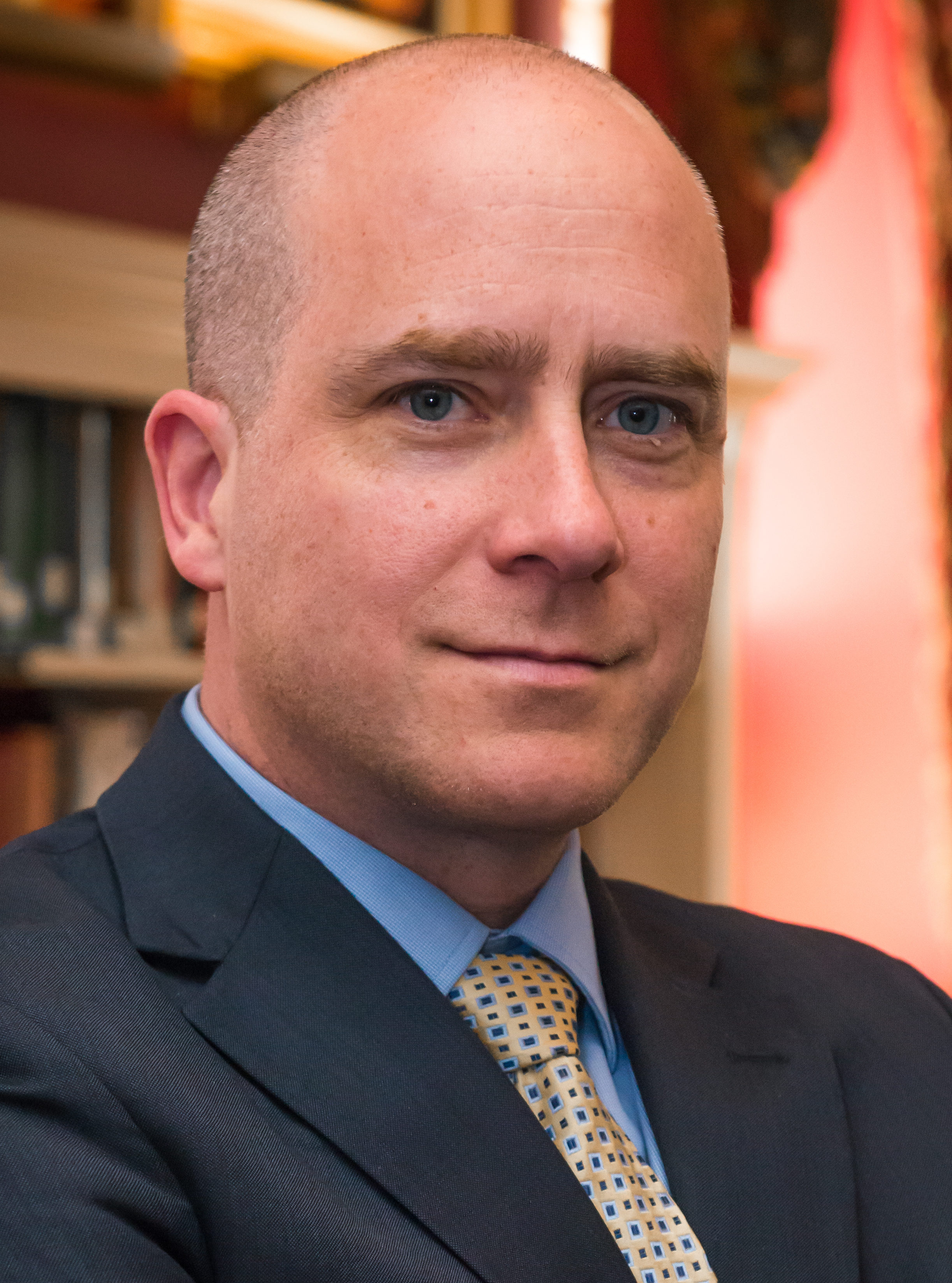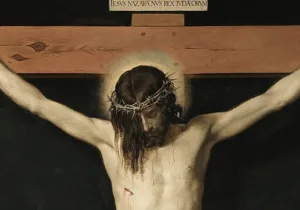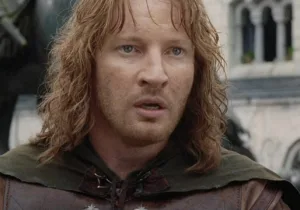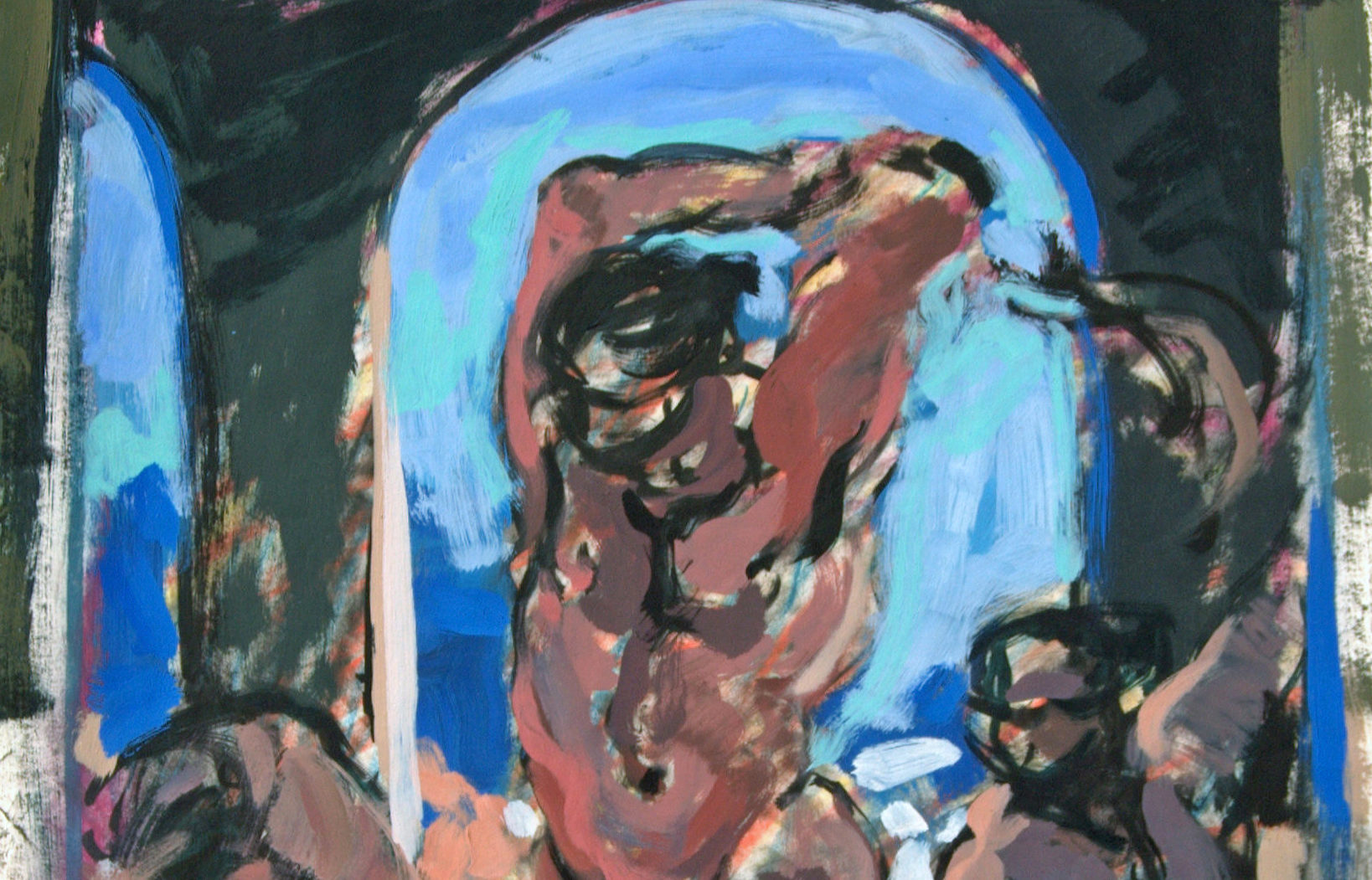Opening nationally this Friday, Mel Gibson’s Hacksaw Ridge is the true story of Pvt. Desmond T. Doss, a U.S. combat medic with the 307th Infantry Regiment who received the Medal of Honor for valorous action at the Hacksaw escarpment during the Battle of Okinawa.
The fight for the ridgeline was a brutal, ten-day brawl. Part of a line of cliffs running across much of the southern part of the island, Hacksaw was a forbidding 400-foot high barrier impeding the completion of the allied capture of Okinawa. The deeply entrenched Japanese had been preparing the escarpment for years, and the plateau at its top had become a fortified hive of hardened pillboxes, interconnecting caves, spider-holes, steel and concrete reinforced weapons emplacements, and tens of thousands of determined, and besieged, Japanese warriors. They were ready for the Americans.
The attacking U.S. forces would be thrown back off the escarpment nine times in seven days. Machine gun fire was so thick that men were cut in half and fell in heaps like jumbled cordwood. Shells landed in such volume that the Okinawan clash would come to be called the Typhoon of Steel. American soldiers and Marines suffered crippling casualties, at one point losing eight company commanders in less than 36 hours.
Gibson gives to his war story the treatment he gave the crucifixion in The Passion of the Christ, rendering the battle a cacophony of mud, flame, viscera, spurting stumps, concussing noise, and the mulched bodies of screaming men. It is a horrific, brutal, bloody bit of realism. In discussing the battle scenes, Gibson admitted, with remarkable understatement, “Yeah, they get hairy.” But they do so with purpose. One is to attempt a kind of empathy with those who experienced combat first hand. Veterans groups have responded with appreciation—some saying that Hacksaw is among the most accurate depictions of combat ever rendered. A second purpose is to emphasize the courage required to do what Doss did.
No sooner had his battalion finally gained a foothold on the plateau, then a heavy concentration of artillery, mortar, and machine gun fire crashed into them. The majority were driven back down the escarpment, but dozens were left trapped and dying on the battlefield. Doss refused to retreat. Over the course of the next twelve hours, first under a U.S. artillery barrage unleashed to cover the withdraw, and later while evading Japanese patrols that prowled the battlefield killing American wounded, Doss would carry his injured comrades from the combat zone to the cliff’s edge. Improvising a rope harness, he lowered the wounded one man at a time. According to his Medal of Honor citation, by the end of the night Doss had singlehandedly rescued 75 men, an average of one soul every ten minutes.
Doss did all of this without firing a shot. From childhood, up to and through his military training, and over the entirety of his combat deployment to Guam, Leyte, and Okinawa, Pvt. Doss refused to handle a weapon. He wasn’t even rifle qualified.
One of Hacksaw’s producers, Terry Benedict, is also the writer and director of an award-winning documentary on Doss entitled The Conscientious Objector, which served as source material for Gibson. Taken together, the films bring into focus two morally formative moments from Doss’ childhood.
The first is of his fascination with a framed illustration of the Ten Commandments that hung in his Seventh-day Adventist home. It was the image of the sixth commandment that most disturbed him: Cain standing, club in hand, over the lifeless corpse of Abel. Doss remembers lamenting aloud “How in the world could a brother do such a thing?” In that instant, he heard the voice of God declaring, “If you love me, you won’t kill.” From the moment on, Doss recalls, “I didn’t ever want to take life.”
The second formative moment involves a fight between Doss’ drunken father and his uncle. The incident escalated until his father grabbed a pistol and threatened murder. Doss’ mother was eventually able to intervene, giving young Doss the weapon to hide in the woods. He returned in time to see his father being escorted away by the police. The trauma was exacerbated for Doss by his realization that his father had nearly repeated the crime of Cain.
The details of both of these moments are, for dramatic purposes, altered in Hacksaw. Nevertheless, they remind us that while the extent of the interpenetration of personal history and the will is mysterious, it is clear that environmental forces shape us, and help to set our moral compass. Doss grew up convinced that his religious convictions required a life of non-violence. We mustn’t, however, too quickly conclude that Doss was a pacifist. About the notion, Terry Benedict insisted to the contrary. “Desmond’s story is not about pacifism,” he asserted, “Doss passionately believed—like the rest of the observant country—that the war had to happen.”
To be sure, Doss would be an odd kind of pacifist. He saw no contradiction in being both a good Christian and a good soldier. Although he was eligible for a draft deferment as a war industry worker at a shipbuilding yard, he “felt it was an honor to serve God and country.” Believing the war was being fought for freedom, he couldn’t “stay here while all them go fight for me.” And so he enlisted.
Doss’ stateside military training would prove that courage comes in different kinds. Refusing to even train with a weapon, he was repeatedly accused by his peers of cowardice. His superiors feared he would be a weak link, diluting the battalion’s mission effectiveness. In an effort to get him to accept conscientious objector status, he was subjected to ridicule, intimidation, varying degrees of assault, and threats of court marshal. Now, it must be said that military authorities were not without grounds. In pursuit of its mission, the U.S. military is all about the application of controlled violence. It is not a liberal institution open to plural perspectives. It must rely solely on whatever is most effective for winning the fight, within the laws of conscience and armed conflict. Rightly recognizing that America’s enemies are not themselves conscientious objectors, the military trains men of violence to stop them. Doss, of course, refused to accept objector status; eventually winning out, he would go on to prove himself anything but a weak link.
The question of whether following Christ can be squared with killing in war is a debate as old as the Christian tradition itself. Hacksaw Ridge, celebrating one committed to personal non-violence, will be understood by many to be taking the side of pacifism. At times, both the film and Doss himself seem to invite the view. In Hacksaw, Doss is portrayed on more than one occasion contrasting his role with that of the trigger pullers around him. He says to his father, “While everyone else is taking life, I’m going to be saving it.” Later, he puts it, “With the world so set on tearing itself apart, it doesn’t seem like such a bad thing to want to put a little bit of it back together.” In both the film and documentary, Doss makes certain claims that appear more normative—applying to all Christians—than merely personal. In the latter he says, “I was fighting for freedom by trying to save life instead of taking life, because I couldn’t picture Christ out there with a gun killing people. I like to think of him out there with an aid kit like me.”
Such assertions suggest a fundamental misunderstanding of the Christian view of war. Just wars, the only kind worth considering, are fought to restrain evil, to restore what was wrongly stolen, and to protect the innocent. They are aimed at the restoration of justice and order and, thereby, building a lasting peace. Rightly understood, there is no difference between Doss’ aims and those of the just warrior: both are saving lives and putting the world back together again—just as a surgeon, despite the gore and knife-work, is aiming at health as he cuts away a gangrened leg.
Neither does it serve anyone to overstate what Doss accomplished. Several commentators, including Gibson himself, have suggested some variation of the idea that Doss went into battle “with nothing to defend himself except his faith.” This isn’t strictly true. As the film demonstrates more than once, Doss himself was kept from death by fellow soldiers who used violence to save him. The miracle on the Hacksaw escarpment would not have happened had every American been unwilling to wield a weapon.
Pushing back on such statements might seem like splitting hairs, but linguistic precision is important. Just as an illustrated Ten Commandments would better morally form impressionable young people were it to more accurately render the sixth commandment “thou shall not murder” rather than “not kill”, the descriptions we use to portray reality are freighted with moral power.
Such moral precision is important if we are to accurately portray Mel Gibson’s extraordinary new film as not about pacifism but rather about the undeniable moral and physical valor of an exceptional human being. On the issue of killing in justified wars, I believe Doss was dead wrong—and yet I stand in awe. Desmond Doss has been rightly revered even among his fellow Medal of Honor winners, who, Terry Benedict shared, had asked Doss to be their informal chaplain. Even his own men, who tried so hard to be rid of him, would come to trust, love, and revere him. One of them laughed, “They called him a nut. But what a beautiful nut.”
Hacksaw Ridge is a crucial reminder of the importance of religious liberty, personal integrity, sacrificial love, and courage under fire—both enemy and friendly. War heroes truly come in different kinds.
—
Marc LiVecche is managing editor of Providence. This essay originally appeared on tothesource
Image Credit: Lionsgate







 Sponsor a student for Christianity & National Security 2024
Sponsor a student for Christianity & National Security 2024